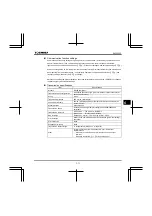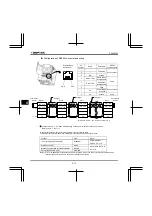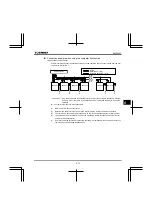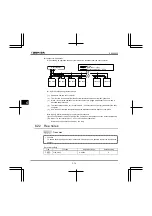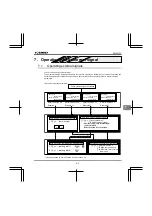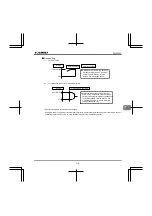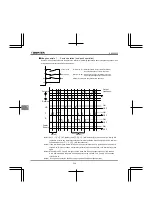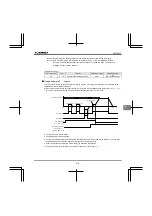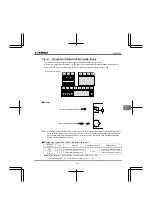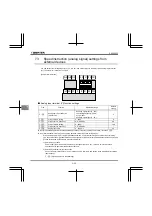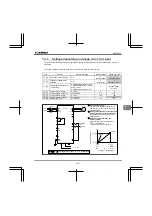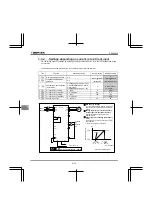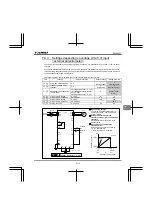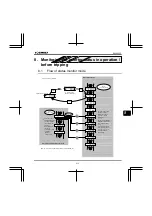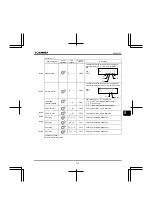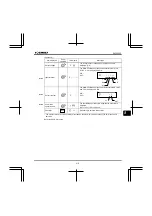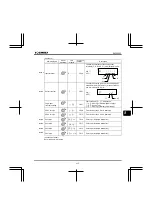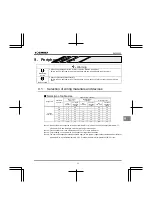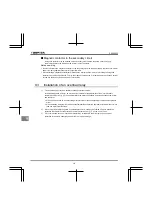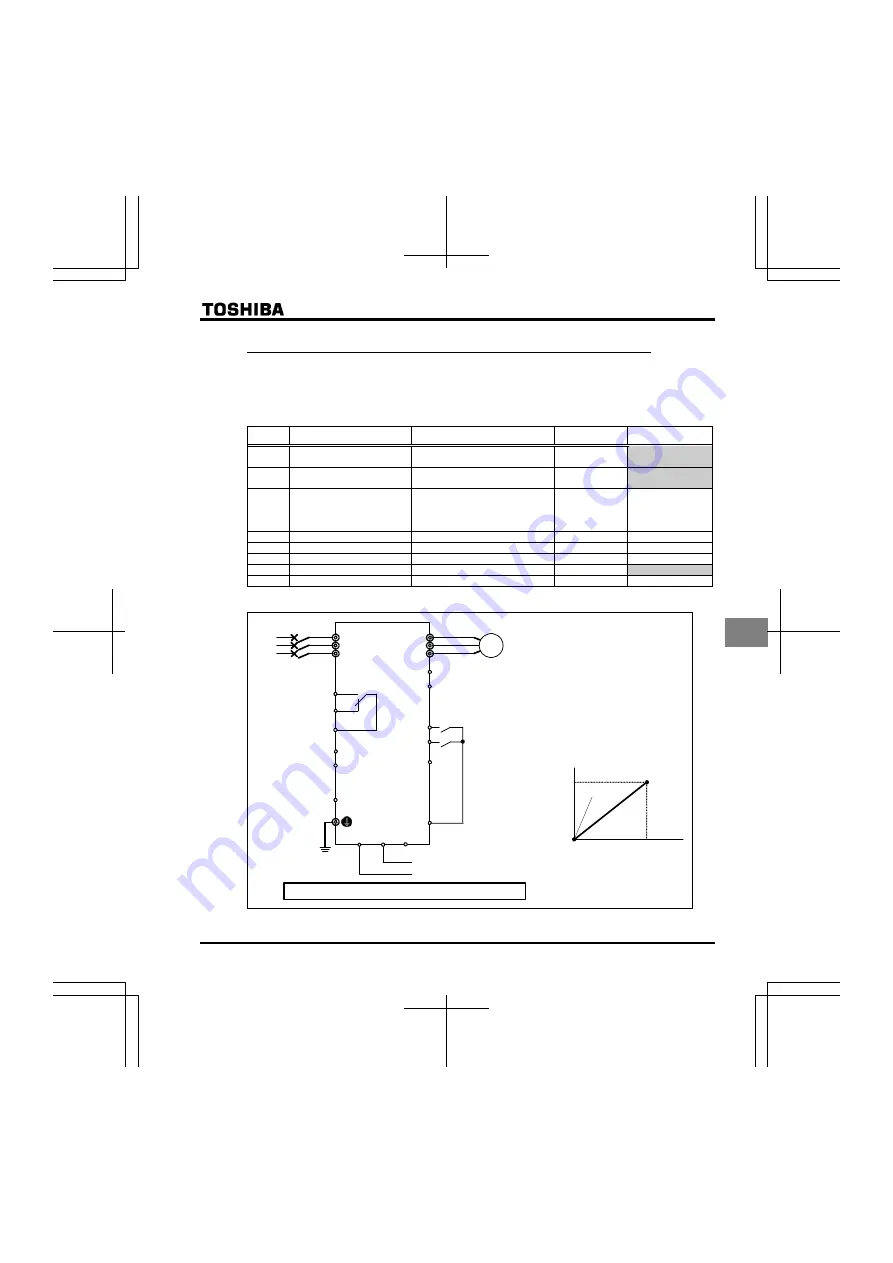
E6582233
G-11
7
7
7.3.1
Settings depending on voltage (0 to 10 V) input
You can set the frequency settings by inputting an analog voltage signal of 0 to 10Vdc between the VI and CC
terminals.
The following shows examples when the run command is input from the terminal.
Title
Function
Adjustment range
Default setting
Setting example
Command mode selection
0 - 2
1
(panel keypad)
0
(terminal board)
Frequency setting mode
selection
0 - 5
2
(setting dial)
0
(terminal board VI)
Analog/logic input selection
(VI terminal)
0: Voltage signal input (0 - 10V)
1: Current signal input (4 - 20mA)
2: Logic input
3: Voltage signal input (0 - 5V)
0
0
(Voltage signal
(0 – 10V))
VI input point 1 setting 0
- 100%
0
0
VI input point 1 frequency 0.0 - 400.0Hz
0.0
0.0
VI input point 2 setting
0 - 100%
100
100
VI input point 2 frequency 0.0 - 400.0Hz
*
60.0
Analog input filter
4 - 1000 ms
64
64
Motor
IM
R/L1
U/T1
MCCB
Power
Supply
S/L2
T/L3
V/T2
W/T3
CC
S1
S2
CC
F
R
FM
FLC
P24
OUT
VI
P5
VF-nC3E
Run and stop settings
You can switch between forward run (F)
and reverser run (R), and run/stop with
external signals.
Setting characteristics for the frequency
setting signal and operation frequency
Set characteristics at two points in the
diagram below.
Connecting and calibrating the
frequency meter
Select the type of meter connected at
and calibrate.
Refer to section 3.4 for details.
Forward
run
Reverse
run
=
: Voltage signal input (0 – 10 V) (default)
Hz
%
Point 2
Point 1
Frequency setting signal
0%
100%
(0 V to 10 V)
Op
eration f
reque
nc
y
NO
+
-
0 to 10 V
FLA
FLB

